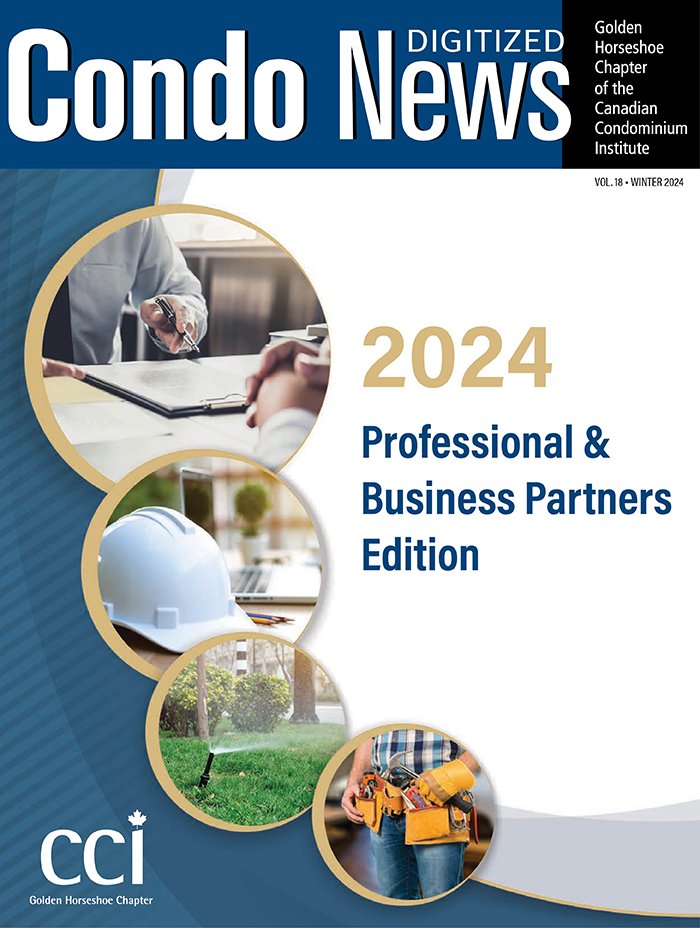The Cost of Deferred Maintenance – When Spending Money Makes Sense

Canadian Condominium Institute - New Magazine | Winter 2024
Jordan Swail, BESc, P.Eng, BSS | Associate
Nigel Parker, B.Sc, M.Eng, P.Eng., LEED® AP BD+C, MCSCE | Principal
Every day condominiums are tasked with the challenge of managing common elements to maintain the value, safety, and function of their buildings, while minimizing costs to owners. Over the past three years these challenges have become more pronounced as inflation has squeezed condominium reserve funds balances, resulting in some projects being deferred, as additional capital is raised. But what are the actual costs of deferring work?
Is it cheaper to defer the work while we build our Reserve Fund, or borrow cash and do the work now? By utilizing anonymous data from past projects within the Ontario market, we have analyzed and presented case studies, to give the reader an idea of potential cost or savings of deferring an upcoming project.
As every asset ages, its condition gradually deteriorates. The condition of these assets can be improved by maintenance, repairs or replacement. Figure 1 depicts the gradual and then steep deterioration curve an asset, in this case a road, typically takes over time, versus the intermittent spending on repairs required to maintain its condition. These repairs can be required for safety, to pre-vent leaks, or as proactive measures to prevent the assed from deteriorating further (and reaching the steep portion of the asset deterioration curve).
In order to generate comparable data for cost comparison we took over three dozen projects, normalized them to Q2 2023 pricing per the Statistics Canada building construction price index for the Greater Toronto Area, and compared them with asset replacement values from the 2023 Altus Canadian Cost Guide. We performed analysis of various project case studies to see when undertaking regular maintenance makes financial sense. The generalized asset depreciation curves for various condominium building components look like Figure 2 below.
For all case studies the life cycle and costing is per the asset deterioration curves in Figure 2, the future repair costs are indexed to inflation, and year one is 2024.